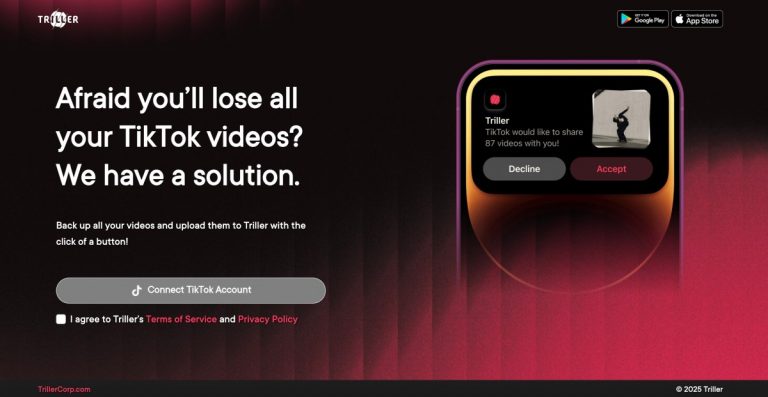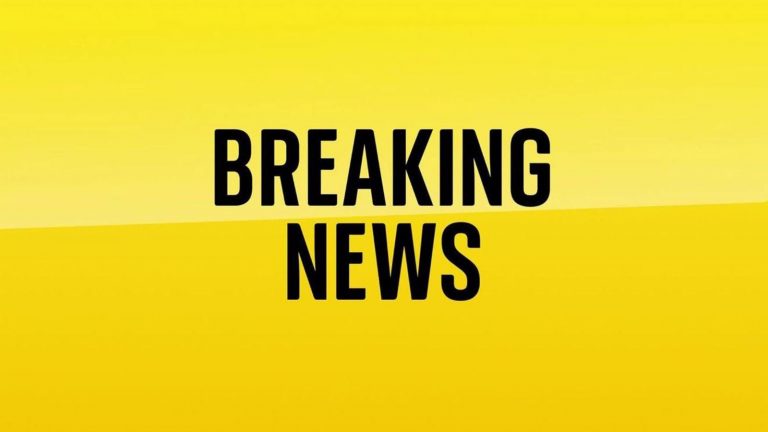Simon Gerovich, CEO of Metaplanet, shared this goal on January 5. He highlighted the company’s successful year in 2024. In 2024, Metaplanet significantly increased its Bitcoin holdings. The company gained recognition as a major Bitcoin-focused company in Asia.
To fund the large-scale purchase, Metaplanet will use various financial tools. These tools include share offerings and loans. The company’s approach mirrors that of the largest corporate Bitcoin holder, MicroStrategy. Metaplanet will use similar methods to build its stockpile.
Currently, Metaplanet holds 1,762 BTC. This positions the company in 15th place among global corporate Bitcoin holders. The company’s holdings are nearly 30% in profit. This gives Metaplanet an opportunity to accelerate its efforts. However, reaching the 10,000 BTC target will require acquiring over 8,000 BTC in 2025. This goal presents a very challenging feat, but it could push Metaplanet into the top ranks of corporate Bitcoin holders.
In addition to increasing its reserves, Metaplanet is committed to advancing Bitcoin adoption. The company seeks to promote Bitcoin in Japan and globally. Metaplanet also announced new initiatives for enhanced transparency and shareholder participation.
Gerovich emphasized that this goal is about more than just Metaplanet’s portfolio. It is also about Bitcoin’s role in the global economy.























+ There are no comments
Add yours